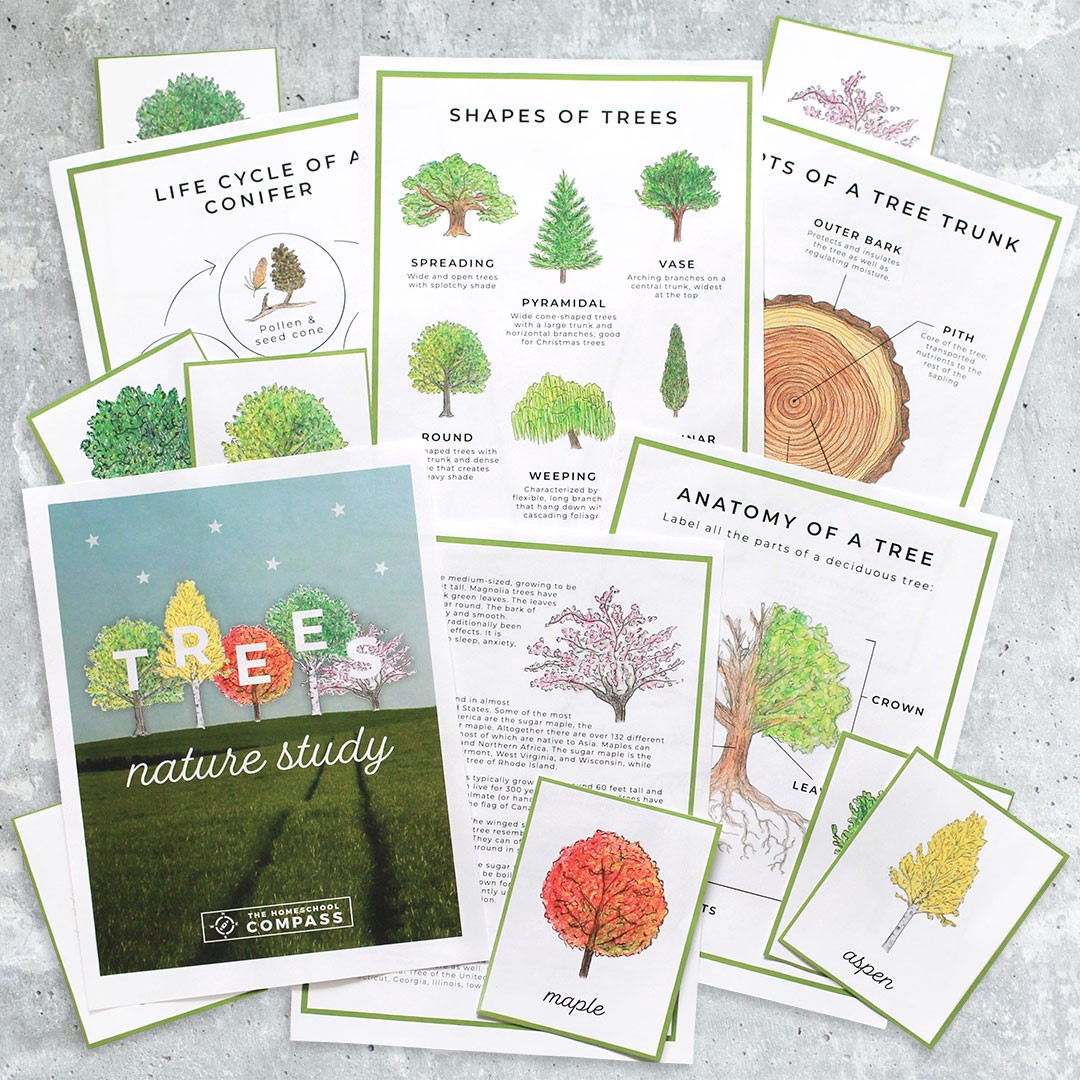As we gaze into the verdant expanse of our natural world, it is impossible to ignore the role that trees play in the ecosystem. These towering giants offer a wealth of knowledge and exploration opportunities that go far beyond their aesthetic appeal. They are intricate systems of flora that interact with countless organisms, provide vital resources, and impact our climate. Embracing a year-round tree study ignites curiosity and paves the path toward a deeper understanding of our environment. This project offers an enriching educational experience while strategically preparing students and educators alike for future conservation efforts and ecological stewardship.
The expectations of the future hinge upon our collective ability to engage with and protect our natural surroundings. By delving into the complexities of trees and their ecosystems, we not only facilitate a connection with nature but also cultivate a generation of informed individuals who appreciate the intrinsic value of preservation. This project year-round tree study encapsulates various activities, learning methodologies, and reflection points, ensuring a comprehensive approach to understanding these magnificent organisms.
Exploring the Seasons
One of the most compelling aspects of a year-round tree study is the opportunity to observe seasonal changes. Each season reveals its unique charm and demonstrates the adaptability of trees. Beginning in spring, students can marvel at the budding leaves and blooming flowers. Activities might include collecting samples of budding tree leaves or documenting biodiversity observed among the blossoms. Transitioning into summer, participants can note the lush green canopy that provides shade, inspects tree bark, and explores the various critters that inhabit the trees.
As autumn approaches, the magnificent transformation of leaves captivates the observer. This season serves as an excellent opportunity to discuss the processes of photosynthesis and chlorophyll’s role. Students can gather fallen leaves, identify different species, and delve into the phenomena of deciduous trees shedding their foliage. Finally, winter unveils the stark beauty of bare branches, prompting discussions about tree structure, dormancy, and survival strategies in harsh conditions.
Scientific Inquiry and Hands-On Research
Incorporating scientific inquiry into a year-round tree study allows students to engage in methodical research while honing their observational skills. Establishing a specific tree as a focal point throughout the year provides an ideal platform for longitudinal observation. Students can create a “Tree Diary,” where they log changes noted on specific dates. This exercise reinforces critical thinking while giving them a tangible connection with their subject. Additionally, measuring growth, leaf size, and trunk circumference can incorporate mathematical concepts and statistical analysis, enabling a multifaceted approach to learning.
To deepen observational studies, students may also participate in citizen science projects, contributing their findings to community databases. Collaborating with local environmental organizations not only broadens the educational scope but also reinforces the relevance of trees in their local ecosystem. Engaging in community tree-planting initiatives fosters a sense of responsibility and action, breathing life into theoretical knowledge acquired during supervised studies.
Incorporating Art and Creativity
A project year-round tree study seamlessly integrates the arts, ultimately crafting a holistic educational experience. Students can paint or sketch the various trees they encounter, articulating their artistic interpretations of the world around them. Photography can provide an authentic means to document the seasonal changes as well, capturing the stark contrasts and subtle nuances. Engaging in creative storytelling about the trees and their inhabitants could yield a captivating narrative that embodies biodiversity and coexistence.
Class projects, such as creating tree life cycle diagrams or collage maps of local forests, can foster collaboration and community spirit. Allowing students to participate in the artistic process encourages self-expression and innovation, critical elements in a comprehensive educational framework.
Wildlife and Ecology
After establishing a firm understanding of trees, it is vital to delve into their connections with wildlife and ecological roles. Trees serve as habitats for countless organisms, providing shelter, sustenance, and a complex web of relationships. Identifying different species of birds, insects, and mammals that rely on trees will enrich the learning experience. Offering activities such as building birdhouses or maintaining a butterfly garden can engage various sensory experiences and ignite innate curiosity about local wildlife.
Students can also learn about the significance of trees in broader ecological contexts, such as their role in combatting climate change. Detailed discussions around the carbon cycle and the importance of reforestation initiatives emphasize the responsibility individuals have in the fight against environmental degradation. Fostering an understanding of ecological balance instills a sense of urgency and motivation to safeguard these valuable natural resources.
Reflection and Future Aspirations
The culmination of a project year-round tree study should involve reflection. Through discussions, essays, or projects, students can articulate what they have learned and how they envision their role in fostering environmental stewardship. This reflection nourishes aspirations toward preserving the environment, grasping the expectations of a sustainable future.
Ultimately, a year-round tree study not only cultivates knowledge but also inspires a passion for the preservation of our planet. By nurturing a deeper understanding of trees and their significance, we are, quite literally, sowing the seeds for future generations to flourish in harmony with nature.









Leave a Comment